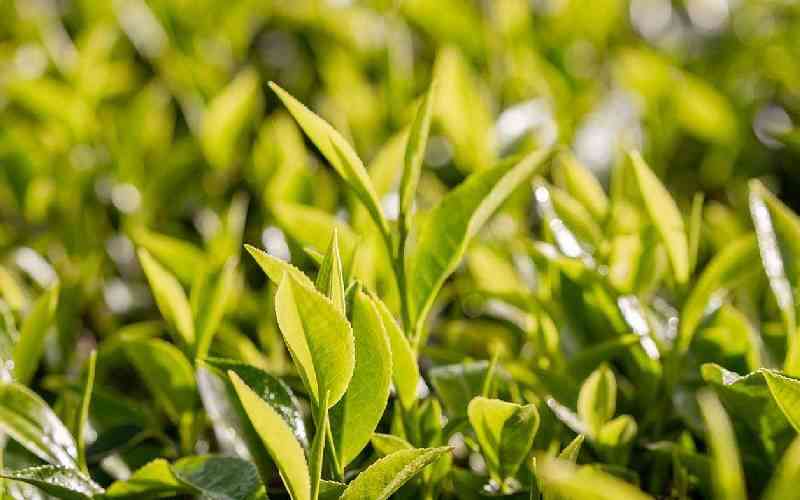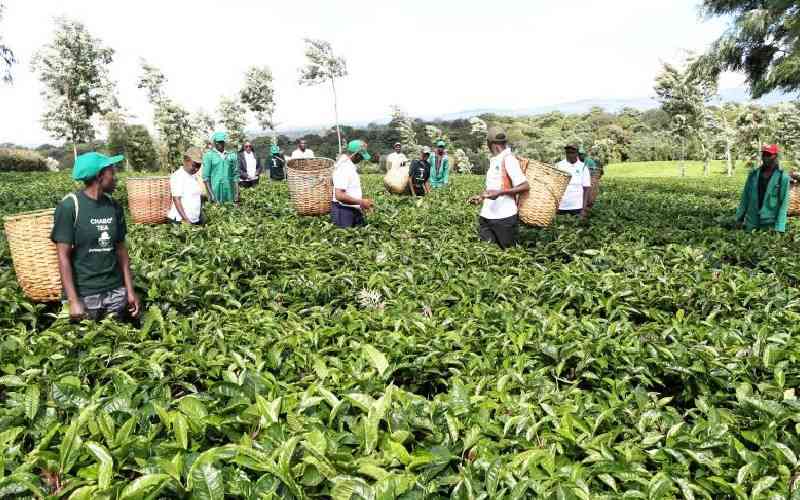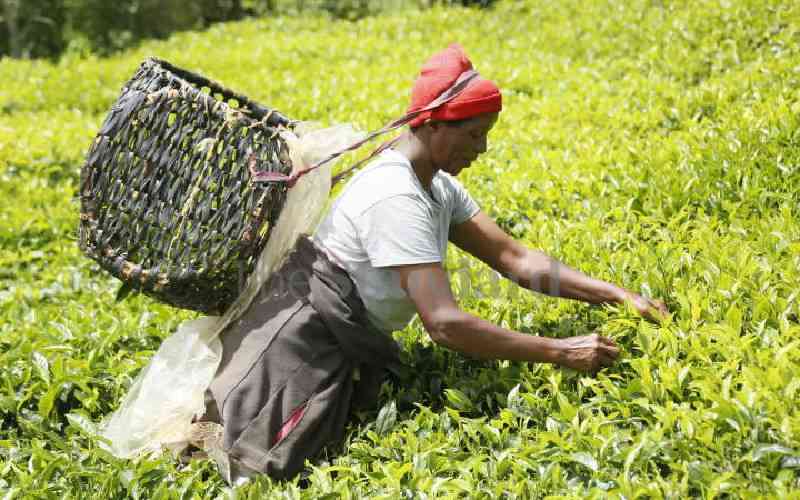
With a storied past dating back to 1903, tea in Kenya has become a cornerstone of the country's economy, emerging as one of its leading foreign exchange earners, with export earnings exceeding 100 billion Kenyan Shillings.
Despite its widespread recognition, the crop's versatility often goes unnoticed, as it yields numerous varieties through adjustments in production techniques and parameters.
Two primary branches emerge from these differences: CTC teas, commonly found in loose-leaf packaging or tea bags, resulting from the crush, tear, and curl process, and orthodox tea, which is important in the Kenyan tea industry.
Orthodox Tea
Orthodox tea is swiftly emerging as a sought-after variety in the global tea market, distinguished by its traditional production methods that uphold the integrity of the leaves, resulting in a sharp, bright, and multi-dimensional flavor profile.
The meticulous production process entails carefully grading tea leaves to ensure exceptional quality standards suitable for export.
What makes Orthodox Tea different?
Skilled pickers hand-select the tender buds and leaves to maintain superior flavor and quality. The factories spread out the leaves to reduce moisture and start enzymatic reactions. After withering, the factory workers roll out the leaves by hand or machine to initiate oxidation.
The tea processors carefully monitor, producing black, green, or white tea based on the desired flavor and aroma. Finally, the oxidized leaves are dried to remove the remaining moisture, then cooled, graded, and packed for distribution.
Health benefits of Orthodox tea
Orthodox tea offers numerous health benefits. It contains L-theanine, which enhances alertness and focus, while black tea specifically improves concentration and provides stable energy.
Its lower calories per cup make it ideal for maintaining a calorie deficit and managing weight.
Its rich flavonoid content also supports heart health by lowering blood pressure, reducing bad cholesterol, and keeping arteries clear.
Orthodox tea trading
Stay informed. Subscribe to our newsletter
Tea diversification
The wide array of varieties of orthodox teas, ranging from black and white to green and specialty teas such as purple tea, ensures that Kenyan teas consistently provide customers with a diverse spectrum of aromas and flavors, reinforcing our relevance in a fiercely competitive market.
Despite 98% of tea exports from Kenya in 2023 being CTC teas, there is a unique opportunity to highlight the diversity of Kenyan orthodox teas and tap into new markets.
Price stabilization
Orthodox teas are instrumental in stabilizing prices within the tea sector by fostering direct interaction between producers and buyers. They grant producers significant bargaining power over tea prices to negotiate favorable rates for their peers.
Tea trading companies like Cup of Joe Limited, which have actively promoted and advanced Kenya's Orthodox teas, purchase substantial Orthodox tea volumes, ensuring that farmers consistently receive fair returns on their investments for their dedication and hard work.
Increased income for tea farmers
Upon reaching stability at fair rates, there's a corresponding increase in revenue flowing to tea producers and, consequently, to their support network, notably farmers. In 2022, farmers received record bonuses thanks to high sales of tea. A significant contributor to these bonuses was the sale of Orthodox teas to major players in the tea sector, aiming to broaden market reach by leveraging the diverse appeal of these teas.
The rise of Orthodox tea in the global market signifies the Kenyan tea sector's commitment to quality, sustainability, and growth. With traditional production methods and a distinct flavour profile, Orthodox tea has garnered significant attention from consumers worldwide.
As tea trading companies continue promoting and advancing Orthodox teas, the future looks promising for producers and consumers. The Kenyan tea sector will continue to grow following ongoing innovation and strategic partnerships between stakeholders.
Written by Maryann Njihia
[email protected]
 The Standard Group Plc is a
multi-media organization with investments in media platforms spanning newspaper
print operations, television, radio broadcasting, digital and online services. The
Standard Group is recognized as a leading multi-media house in Kenya with a key
influence in matters of national and international interest.
The Standard Group Plc is a
multi-media organization with investments in media platforms spanning newspaper
print operations, television, radio broadcasting, digital and online services. The
Standard Group is recognized as a leading multi-media house in Kenya with a key
influence in matters of national and international interest.
 The Standard Group Plc is a
multi-media organization with investments in media platforms spanning newspaper
print operations, television, radio broadcasting, digital and online services. The
Standard Group is recognized as a leading multi-media house in Kenya with a key
influence in matters of national and international interest.
The Standard Group Plc is a
multi-media organization with investments in media platforms spanning newspaper
print operations, television, radio broadcasting, digital and online services. The
Standard Group is recognized as a leading multi-media house in Kenya with a key
influence in matters of national and international interest.










